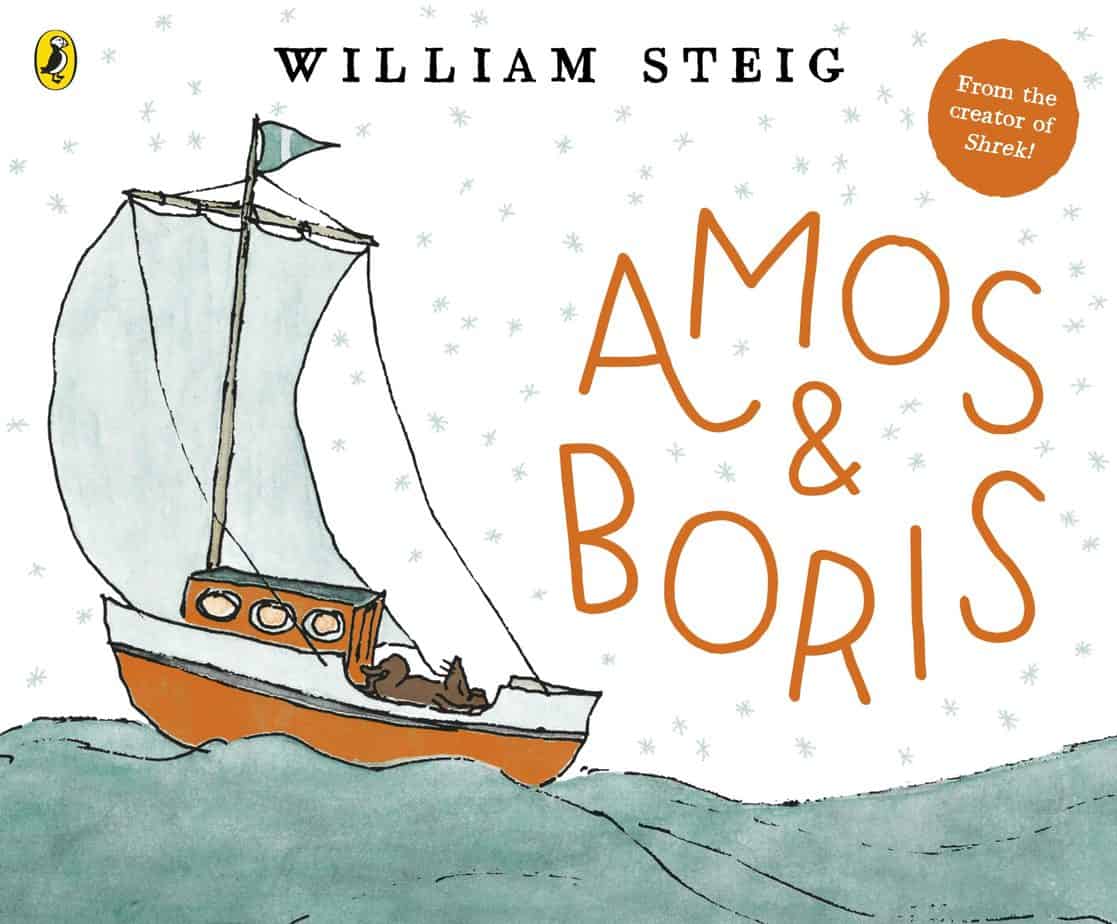Some picture books have an Aesop fable at their base. Amos and Boris is one such picture book, written and illustrated by William Steig (1971). Amos and Boris is also a romance in the style of Nicholas Sparks. (Sorry, Nick Sparks doesn’t like it when his books are called romances, so let’s use his word: love tragedy.)
SETTING OF AMOS AND BORIS
The story takes place on a beach and the top of the sea. The sea might as well be a desert — its function is to cast the main character away from civilisation where he will be alone and come close to death.
STORY STRUCTURE OF AMOS AND BORIS
PARATEXT
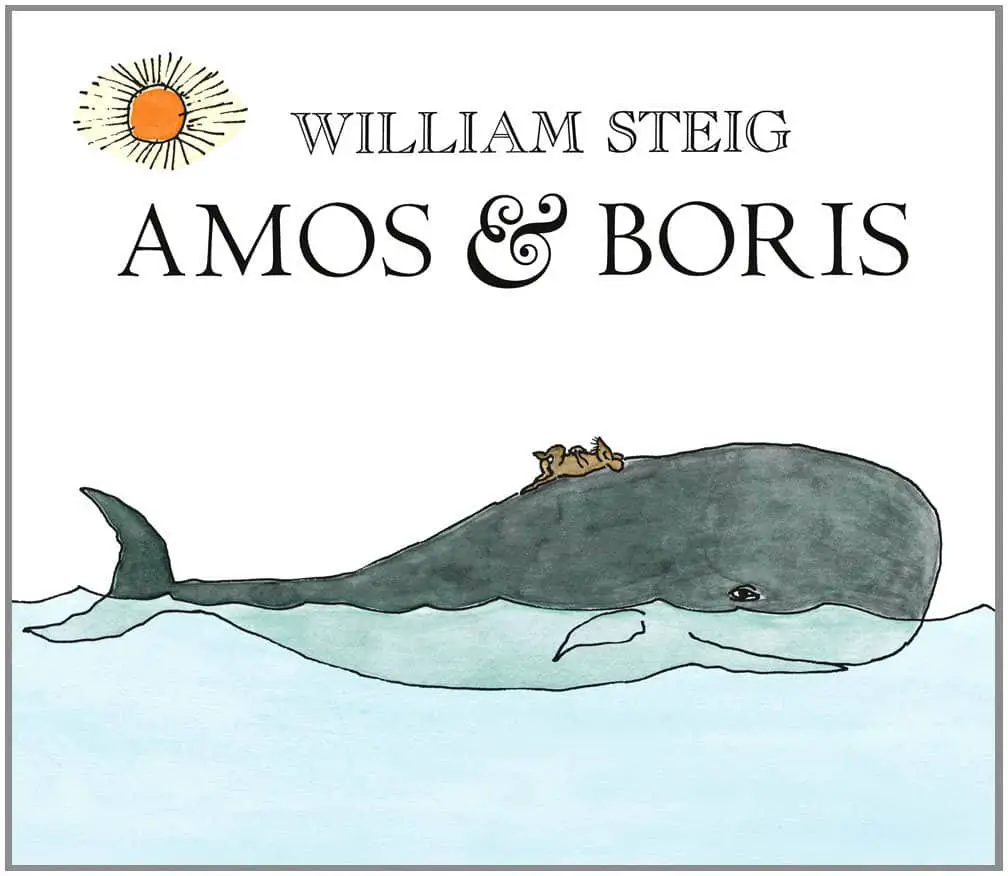
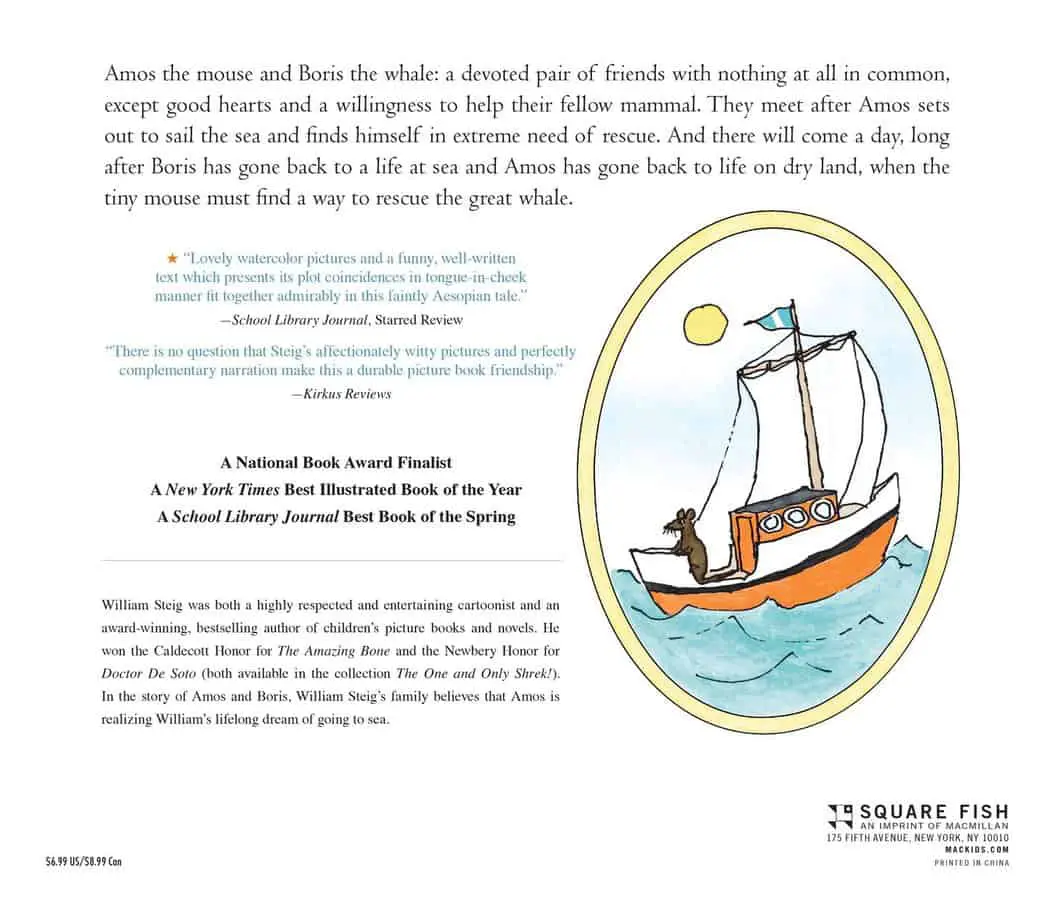
Amos the mouse and Boris the whale: a devoted pair of friends with nothing at all in common, except good hearts and a willingness to help their fellow mammal. They meet after Amos sets out to sea in his homemade boat, the “Rodent,” and soon finds himself in extreme need of rescue. Enter Boris. But there will come a day, long after Boris has gone back to a life of whaling about and Amos has gone back to his life of mousing around, when the tiny mouse must find a way to rescue the great whale. The tender yet comical story of this friendship is recorded in text and pictures that are a model of rich simplicity. Here, with apparent ease and concealed virtuosity, Caldecott medalist William Steig brings two winning heroes to life.
MARKETING COPY
SHORTCOMING
You could say Amos is a bit too focused on details (he remembers to take a yo-yo on his trip but not a radio). You could say he’s a bit foolhardy building his own boat after doing a bit of research then finding himself out at sea… without a boat.
As the story progresses, I see that Amos is a bit of a dreamer. He’s easily taken in by the sublime. If I were on a boating expedition, I wouldn’t pick Amos as my captain.
However, for the purposes of a good story, we are not meant to judge Amos for any of that. This story appeals to the universal desire for adventure (a desire which wanes as we age and drops off at age of 54, according to something I read the other day).
DESIRE
Like the young men of fairytales, Amos leaves home to go on adventure for no other reason than he feels like an adventure.
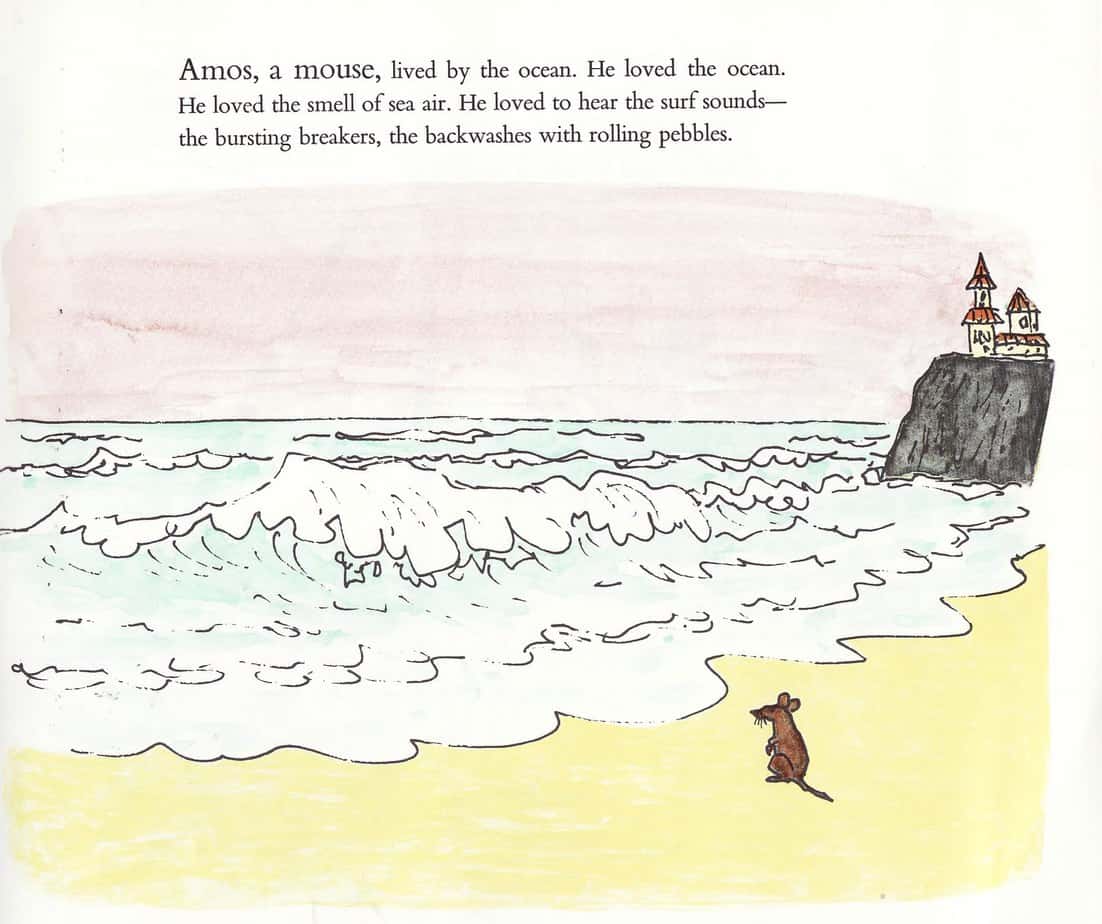
OPPONENT
The sea itself is Amos’s main natural opponent, but a natural opponent isn’t entirely interesting, so when Amos meets an ally in the form of a giant whale, it takes them a while to get onto the same page. This is the fight-fight-kiss trope utilised by romance writers.
In books for children, the opponents they meet along the road are slightly more likely to be allies than in stories for adults. The blues of the story start to morph into yellows. The mouse and the whale basically fall into romantic love with each other.
Just as well Steig summarises what happens over a long period of time, otherwise it may feel like the pair have been Strangled By The Red String.
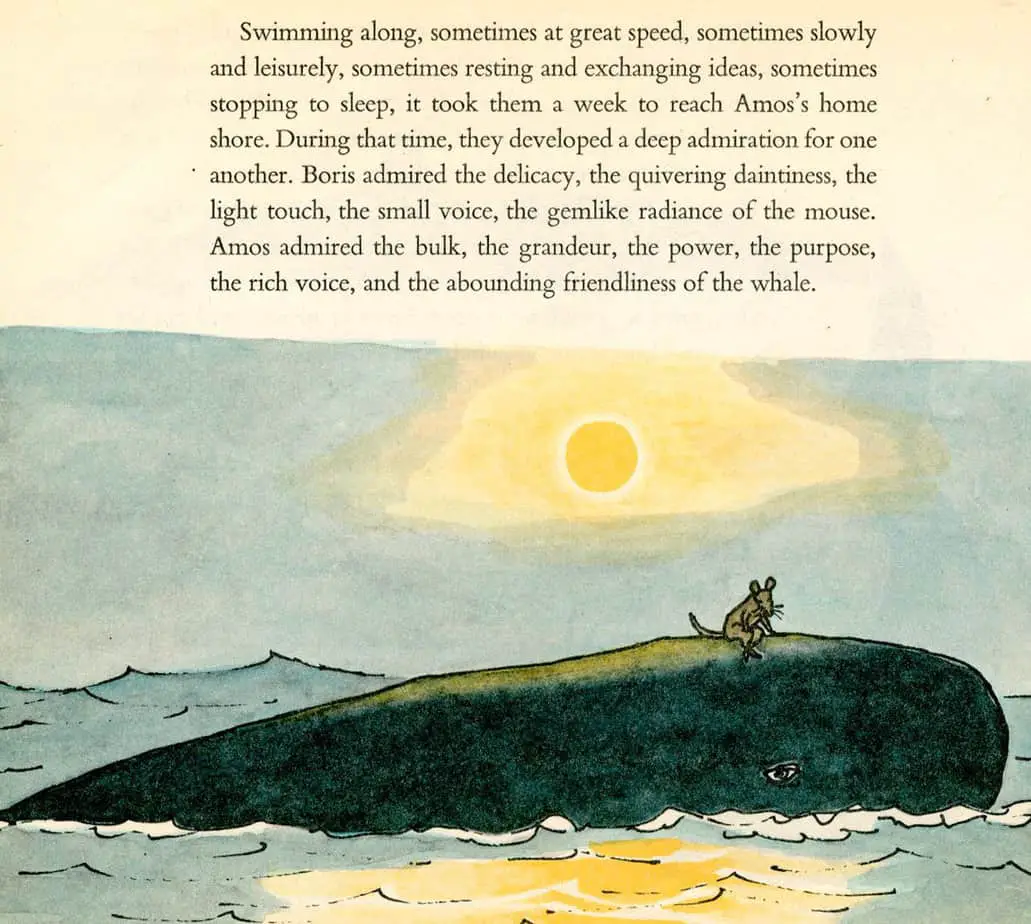
PLAN
The plan started with preparation for leaving: Build a boat, collect supplies, set off. Simples.
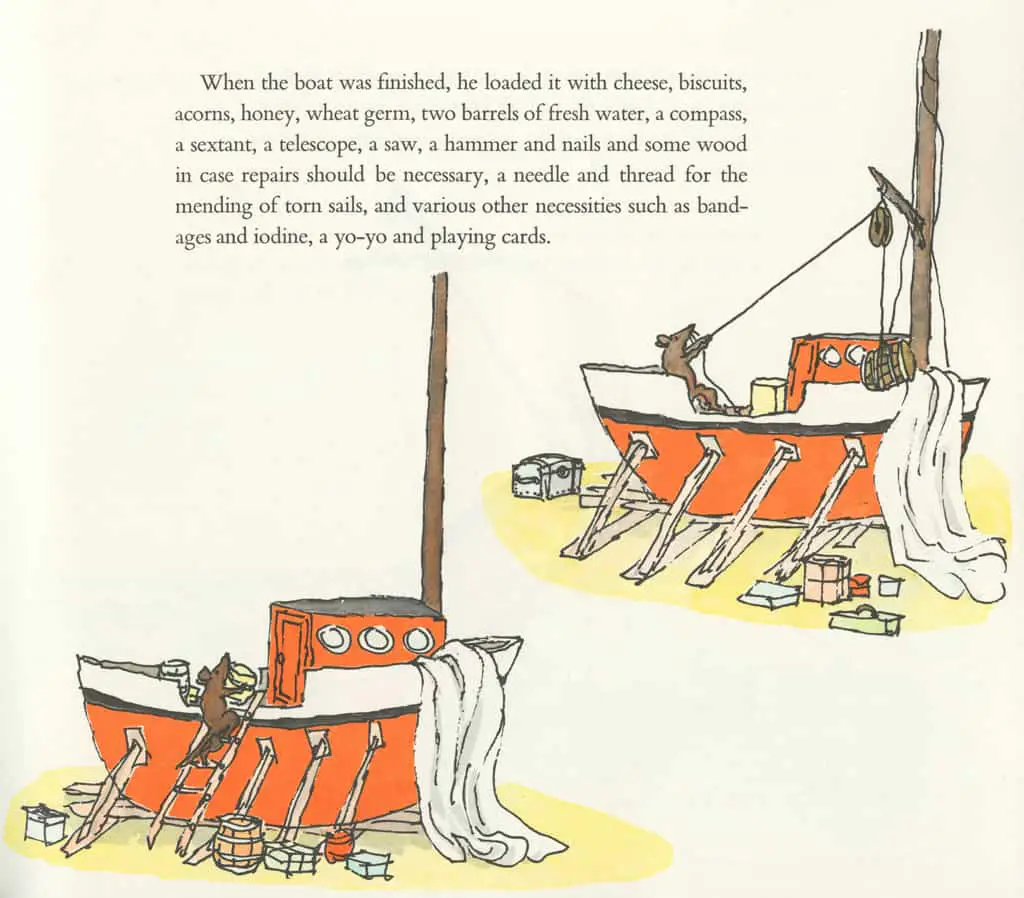
When all hell broke loose, the plan changed: Amos would ride the whale’s back in to shore.
THE BIG STRUGGLE
Amos thinks he’s going to die when he meets disaster at sea. He starts to wonder if there he’ll go to Heaven and if he’ll meet other mice there. This is very good storytelling, because the whale says on the following page that he’s never seen a mouse fish before, so he must be very unusual. The reader has just been reminded that there are plenty of mice in the world. There are so many mice in the world that this is laughable.
(TEMPORARY) NEW SITUATION
This is one of those stories bifurcated by a massive leap in time — the first half of the story takes place when the lovers are young. They next meet when they are old. This is the ending of the Youth chapter:
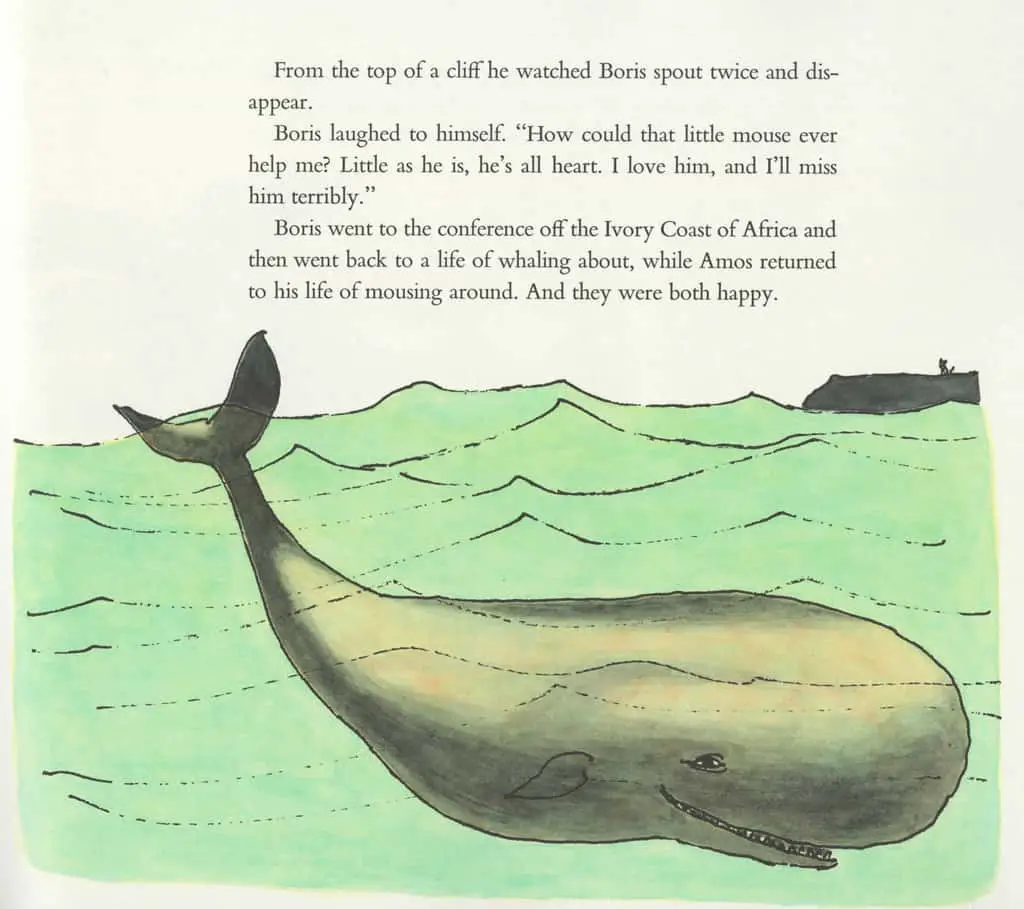
But then the story continues because the lovers meet again when the whale gets beached after a storm. You knew the story couldn’t end where it was, right? There was no Anagnorisis.
ANAGNORISIS
Only after the mouse saves the whale’s life does the reader understand that these are true friends whose love lasts across decades. (How long do mice live? I don’t know. I think the ending of Roald Dahl’s The Witches offers an answer, which was too horrible to deal with when I was a kid.)
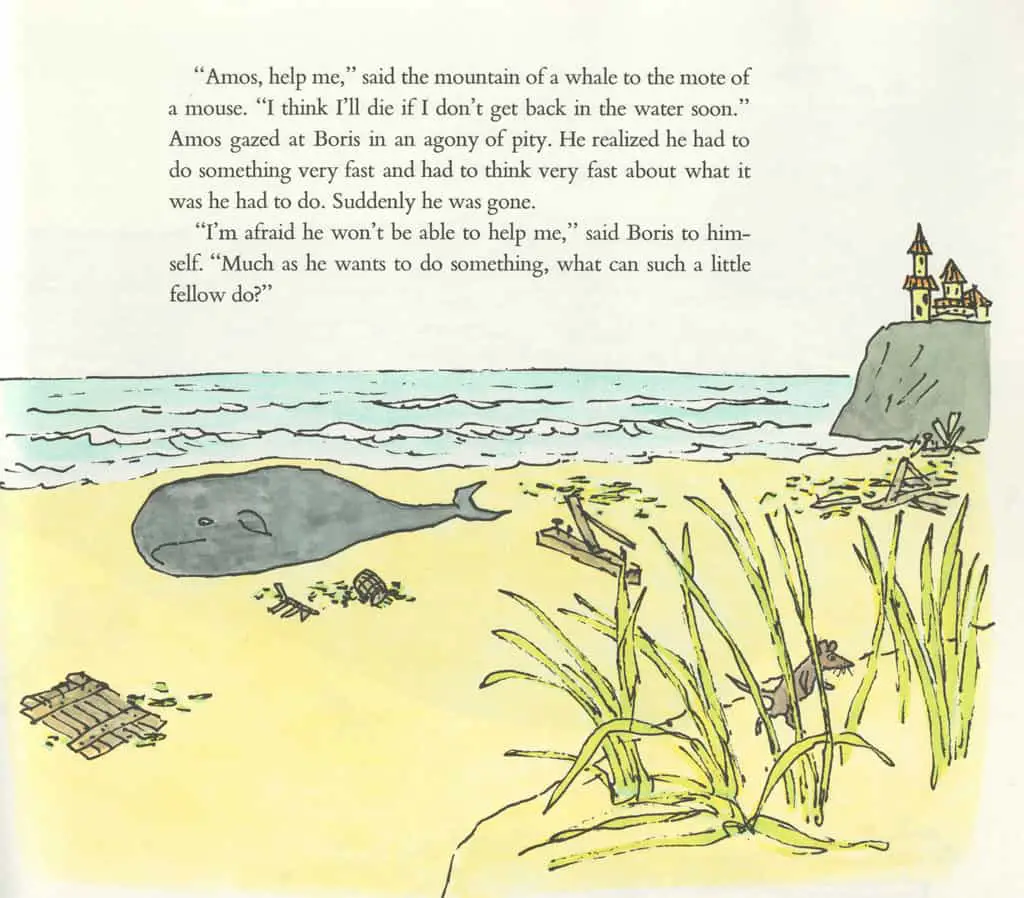
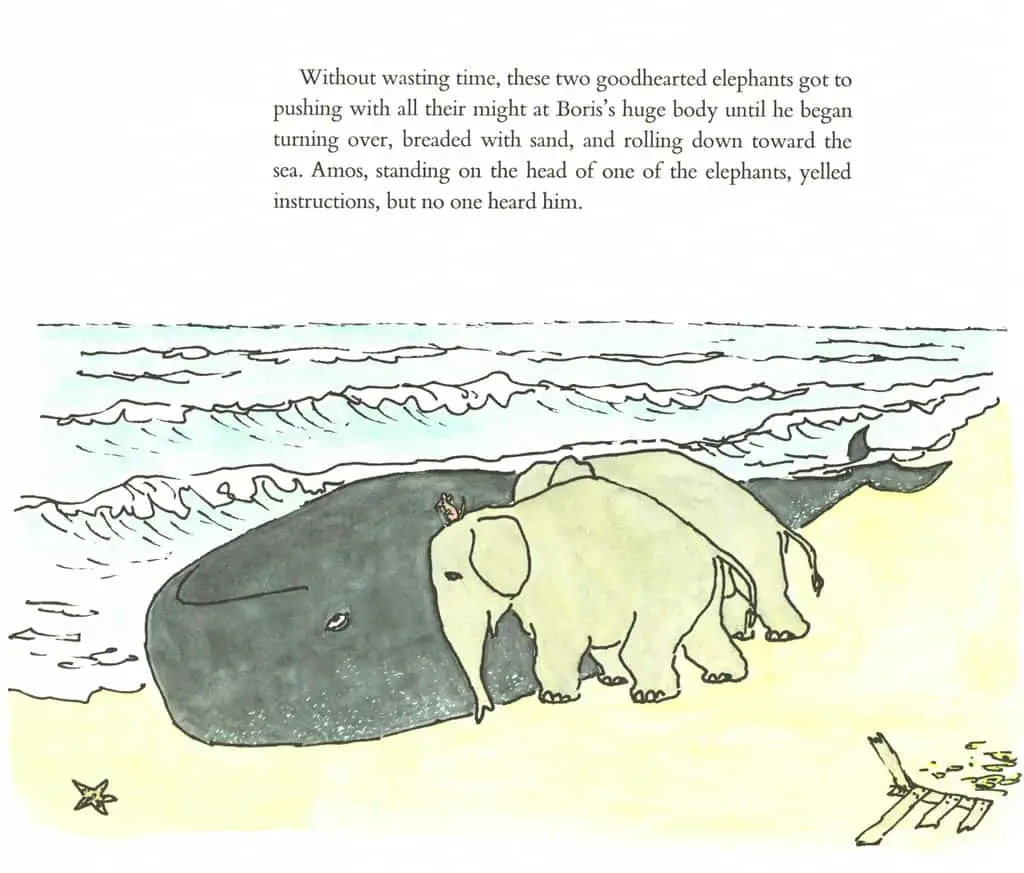
But we learn another thing too, not just about the characters in this particular story, but about life in general. This is where the story becomes Aesopian: Even a small creature can have a big effect. Think of “The Lion and the Mouse“: “The Lion was much amused to think that a Mouse could ever help him.” (In Steig’s story the lion is more benevolent whale.)
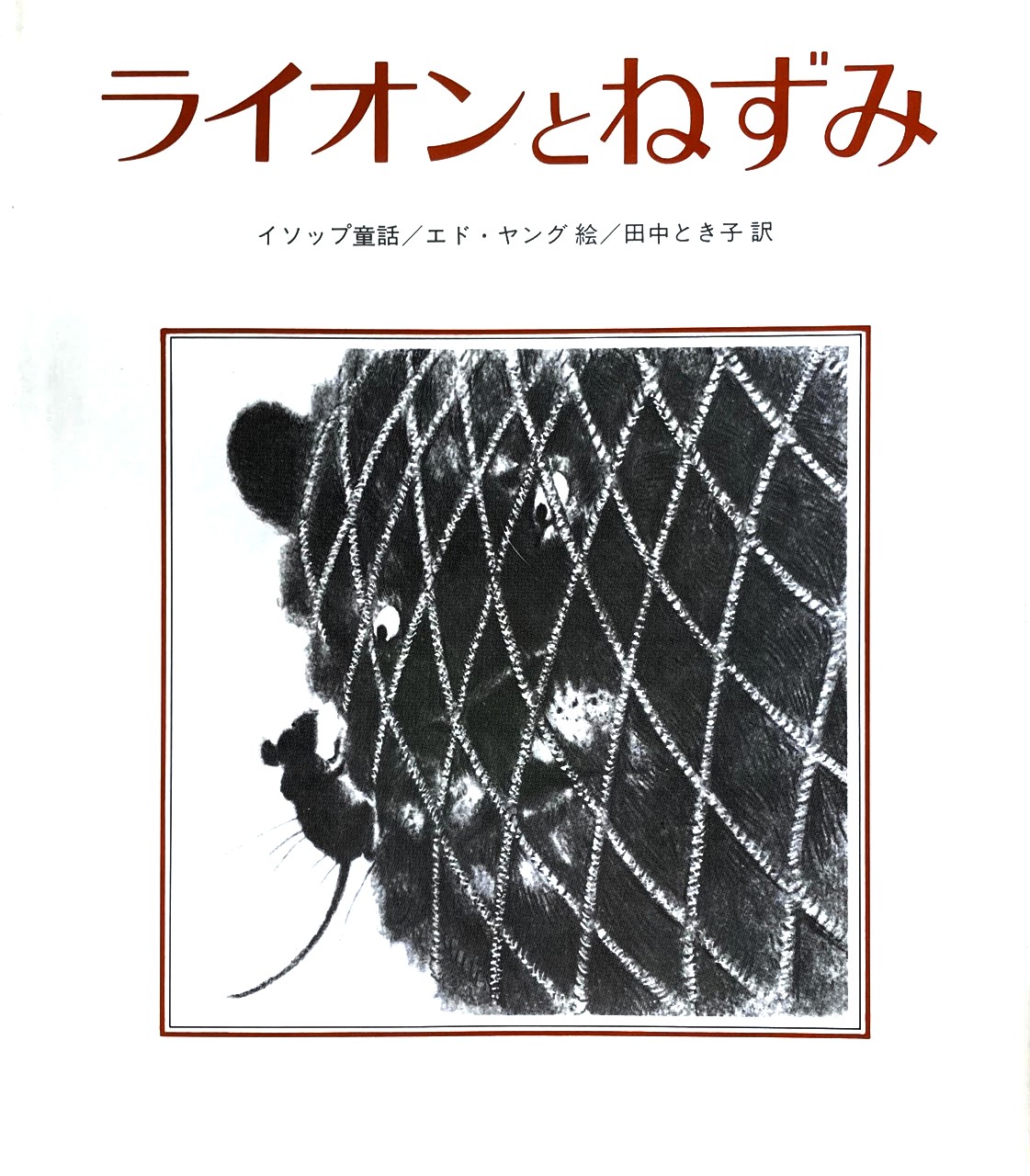
In fact, the characters didn’t change at all. This, too, mirrors the neglible character arc of a Nicholas Sparks story:
Static Character: While the circumstances of his lead characters may change over time, their basic values, preferences, and quirks change very little, even after a period of decades. This is especially noticeable when a leading couple has been separated for a long while and reunites, joyously discovering that both are still the same people they were when they first fell in love and that said love is undimmed.
The Nicholas Sparks entry at TV Tropes
NEW SITUATION
Old age chapter: The real new situation is that the mouse lives happily on land and the whale lives happily in the sea. Steig turns the animal names into verbs, which is cute.
This lovers parted, much later reunited storyline is straight out of a Nicholas Sparks love tragedy — the tragedy being that they can’t spend their entire lives together due to unavoidable circumstance.
EXTRAPOLATED ENDING
Various cultures have various similar sayings, all conveying the idea that even small creatures (and actions) can make a massive difference.
If you think you are too small to make a difference, you haven’t spent the night with a mosquito.
An African proverb
The Enormous Turnip has a similar message, and all the similar cumulative stories such as Pamela Allen’s Who Sank The Boat?
RESONANCE
The impact of small things should be very clear to us all living in the time of pandemic, because you can’t get much smaller than a virus, and the virus started with a single person.
